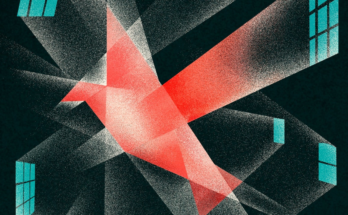Southbank Centre, London
A rare immersion in the late Canadian composer – notorious for the manner of his death – reveals patchy beginnings evolving into mature harmonic soundscapes unlike anything else
The French Canadian Claude Vivier died in Paris in 1983, at the age of just 34. For a number of years afterwards the gruesome circumstances of his death – stabbed by a 19-year-old man he had invited to spend the night with him – and the fact that Vivier seemed to have anticipated it, seemed to be more widely known than any of his music. But his reputation has steadily grown, and though British performances of his works remain relatively rare, he is often claimed as one of the most significant composers of the second half of the 20th century.
The Southbank Centre’s series devoted to Vivier’s music provided an opportunity to assess those claims. Shared between the combined forces of the London Sinfonietta and the Royal Academy of Music’s Manson Ensemble, and Soundstreams, the Toronto-based company dedicated to promoting and performing contemporary Canadian music, the programmes took in a variety of Vivier’s works, alongside new pieces by Canadian composers, though the impression left as a whole remained unconvincing.
The first of the Soundstreams programmes focused on Vivier pieces from the late 1970s, when he was still assimilating the different influences in his music – a Roman Catholic upbringing in Montreal, two years studying with Stockhausen in Cologne, travels through Asia, especially to Japan and Bali, and a first encounter in Paris with the early spectralist techniques of such composers as Tristan Murail and Gérard Grisey. So Stockhausen’s Stimmung is the clear starting point for Love Songs for seven singers, though Vivier’s ragbag of vocal techniques and a multilingual patchwork of texts is far more amorphous and unruly than that masterpiece. And the ninth of Stockhausen’s piano pieces is behind at least the opening passages of the solo-piano Shiraz, with its swirling torrents of chords, which were brilliantly projected here by Serouj Kradjian, while in Cinq Chansons for percussion (played by Ryan Scott and, like the piano piece, accompanied by a dance film by Michael Greyeyes) the sound world too obviously comes from Balinese gamelan.
If those pieces never really transcend their models, then around 1980 all those elements in Vivier’s music fused into an utterly distinctive style. The two pieces that Ilan Volkov conducted in the Sinfonietta’s programme, Zipangu, for 14 strings, and Lonely Child for soprano and orchestra, explore a world of complex harmonies and glowing instrumental colours that clothe the rhythmic unisons of the string piece and support the vocal lines of Lonely Child in a way that is both ritualistic and consoling. Claire Booth was the wonderfully warm soloist in Lonely Child; it’s quite unlike anything else, and Vivier’s best known work for good reason.
{{topLeft}}
{{bottomLeft}}
{{topRight}}
{{bottomRight}}
{{/ticker}}
{{heading}}
{{#paragraphs}}
{{.}}
{{/paragraphs}}{{highlightedText}}
{{#choiceCards}}{{/choiceCards}}



